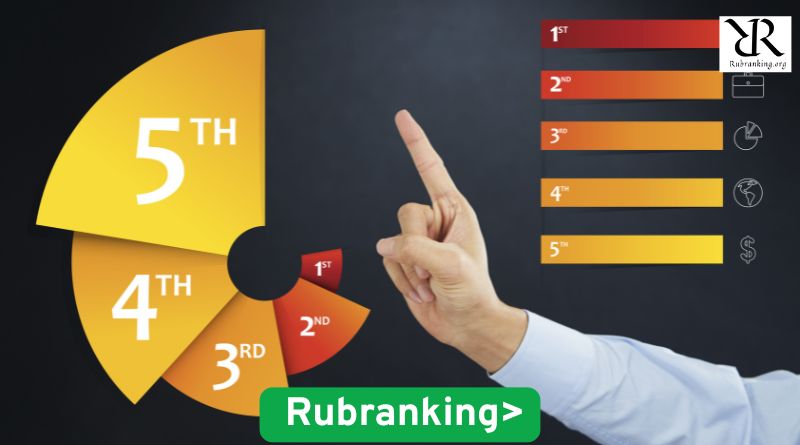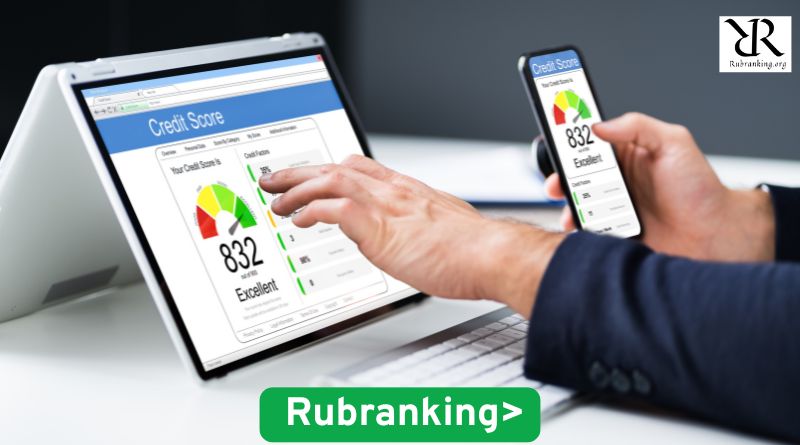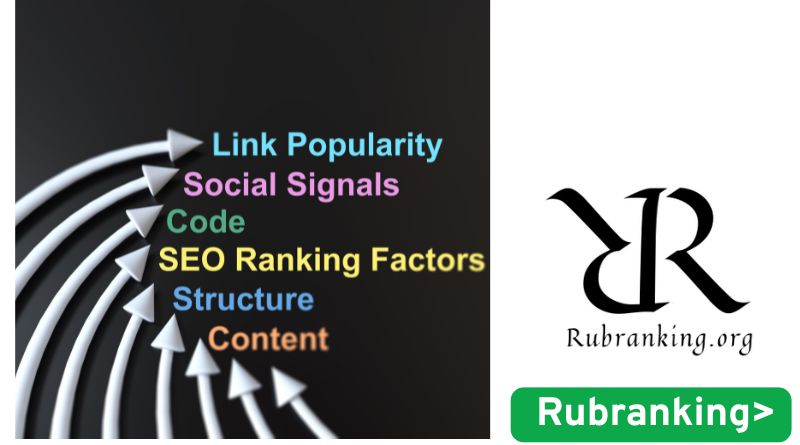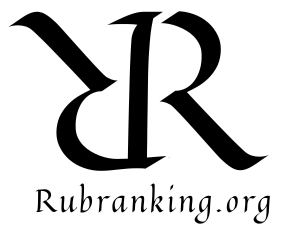
In today’s fast-paced and highly competitive world, rankings play an essential role in guiding decisions, whether for academic institutions, research assessments, or organizational performance. One of the most significant tools gaining recognition in this domain is Rubranking — a comprehensive platform and methodology designed to provide precise and trustworthy rankings, particularly in academic and research contexts. This article dives deep into the concept of rub ranking, explores the value and methodology behind rubrankings, and explains how rub rankings have become crucial for evaluating performance in various sectors.
What is Rubranking?
Rubranking is a systematic approach and an online platform focused on generating reliable rankings based on a well-defined framework and criteria. Unlike traditional rankings, which sometimes lack transparency or may rely heavily on subjective opinions, rubranking employs a data-driven model that emphasizes quality, impact, and relevance.
The core objective of rubranking is to provide stakeholders—such as students, researchers, institutions, and policy-makers—with clear and actionable insights by analyzing multiple performance indicators. These rankings help individuals and organizations to make informed decisions, whether choosing an academic program, identifying top-performing research units, or benchmarking institutional performance.
The Importance of Rubrankings in Modern Evaluation Systems
In an age where information is abundant, decision-making becomes complex without credible guidance. This is where rubrankings come into play. They offer a trusted, objective evaluation of entities based on quantitative and qualitative data.
One major advantage of rubrankings is the standardization they introduce into performance evaluation. For example, in academia, universities and research centers often vary widely in their focus areas, resources, and output. Rubrankings help to standardize evaluation by setting common parameters such as publication quality, citation impact, funding efficiency, and innovation capacity. This standardization allows fair comparison, revealing the true strengths and weaknesses of institutions.
Moreover, rub rankings empower users to identify trends and patterns over time. By tracking annual or periodic updates in rubranking reports, stakeholders can observe improvement trajectories or declines, which can inform strategic planning and policy formulation.
How Does Rubranking Work? The Methodology Behind Rubrankings

To appreciate the value of rubranking, it is vital to understand its methodology. The process generally involves multiple stages: data collection, weighting, normalization, and ranking.
Data Collection
Rubranking platforms aggregate data from various reliable sources, including academic publications, research databases, funding agencies, and institutional reports. This multi-source data collection ensures that rankings reflect a broad spectrum of performance indicators.
Weighting and Criteria Selection
After data is collected, the next step is to determine the criteria and assign weights to each based on their importance. For instance, in academic rubrankings, the quality and quantity of research output may be given more weight than student enrollment numbers. The weighting is often developed in consultation with domain experts to maintain fairness and relevance.
Data Normalization
Since the collected data may come from different scales and units, normalization is necessary. This step ensures that all criteria are comparable on a common scale, which prevents skewing results due to differences in data formats.
Final Ranking Calculation
Once normalized, the weighted scores for each entity are calculated to generate the final ranking. Entities are then ordered from highest to lowest based on their composite scores, providing a clear hierarchy of performance.
This rigorous methodology ensures that rankings are not only comprehensive but also transparent and replicable, enhancing their credibility among users.
Applications of Rub Rankings Across Different Fields
While the concept of rubranking originated primarily in academic and research evaluations, its application has expanded into other sectors due to its effectiveness.
Academic Institutions and Research Centers
In higher education, rubranking helps universities and research institutions understand their standing in comparison to peers. These rankings are frequently used for attracting students, faculty recruitment, and securing research funding.
Students use rubrankings to select universities or programs that align with their academic goals. Meanwhile, governments and funding bodies rely on these rankings to allocate resources efficiently.
Corporate and Industry Rankings
In business and industry, rubranking models are adapted to evaluate company performance based on innovation, sustainability, financial health, and market impact. This aids investors, partners, and consumers in making strategic choices.
Government and Policy Evaluation
Governments utilize rub rankings to assess the effectiveness of departments, public services, and regional development projects. These insights help in policy adjustments and improving public accountability.
Why Are Rubrankings Gaining Popularity?

The rise in demand for rubranking systems can be attributed to several factors that address modern challenges in evaluation.
Firstly, there is a growing need for objective and transparent rankings amid increasing skepticism over biased or non-standard assessments. Rubranking addresses this by providing a clear methodology and accessible data sources.
Secondly, the versatility of rubranking systems allows customization to specific sectors or needs. Whether it is evaluating scientific research, educational quality, or corporate sustainability, rubranking models can be adapted accordingly.
Thirdly, rub rankings promote accountability. Entities included in these rankings are often motivated to improve their performance knowing that their results will be publicly available and compared.
Challenges in Rubranking and How They Are Addressed
Like any ranking system, rubranking faces challenges that need continuous refinement.
One challenge is the potential bias in data sources. If the data collected is incomplete or skewed towards particular types of outputs, the rankings may misrepresent reality. To combat this, rubranking platforms constantly update their data collection strategies and validate sources for accuracy.
Another challenge is the dynamic nature of the entities being ranked. Performance can fluctuate due to various factors, making static annual rankings less reflective of current status. Some rubranking models now incorporate real-time or periodic updates to capture ongoing changes.
Additionally, there is the risk of overemphasis on measurable metrics at the expense of qualitative factors. Rubranking frameworks strive to balance quantitative data with expert judgment and qualitative assessments to provide a more holistic evaluation.
The Future of Rubranking: Trends and Innovations

The future of rubranking looks promising with several technological and methodological advancements shaping its trajectory.
Artificial intelligence and machine learning are increasingly being integrated into rubranking platforms to enhance data analysis, detect anomalies, and predict future performance trends. This helps in refining the rankings to be more accurate and adaptive.
Big data analytics allows rubranking systems to process vast amounts of information quickly, enabling more comprehensive evaluations and the inclusion of new metrics such as social impact and digital presence.
Moreover, increased transparency and user engagement are becoming priorities. Interactive rubranking dashboards allow users to customize their views, filter criteria, and explore detailed reports, enhancing the utility and trustworthiness of the rankings.
Conclusion: Embracing Rubranking for Informed Decisions
In summary, rubranking represents a sophisticated, transparent, and data-driven approach to rankings that have far-reaching implications across education, business, and governance. The power of rubrankings lies in their ability to standardize evaluation, provide actionable insights, and promote accountability. Whether referred to as rubranking or rub rankings, the concept is transforming how individuals and organizations assess performance and make strategic decisions.
As the world continues to generate more data and demands greater transparency, rubranking systems will undoubtedly evolve to meet these needs. Embracing rubranking can empower stakeholders to make informed choices, drive improvement, and foster excellence in their respective domains.
Read Also:
